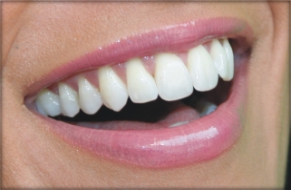|
|
ORCHID DENTAL CENTRE |
|
|||||||||||||||||||
|
THE PERFECT SMILE FOR YOU
|
|
||||||||||||||||||||
|
|
|||||||||||||||||||||
|
|
|||||||||||||||||||||
|
|
|||||||||||||||||||||
|
|
|
White
fillings
In the past, teeth were most
commonly repaired with amalgam (silver) fillings or gold restorations, but
most people don't want silver fillings that show when they laugh or smile
because they are more conscious about the way they look. Thanks to advances
in modern dental materials and techniques, your teeth can be restored with a
more aesthetic and natural appearance. In our practice, we only use
the new type of fillings, Composite (white) filllings. What are White
Fillings? White fillings, also known as
composite fillings, are highly aesthetic fillings made of tooth colored
materials. White fillings can be used for bonding to improve your smile by
changing the color, shape and size of a tooth, to fix a broken tooth
invisibly; and to close spaces between the front teeth. White fillings can
also be placed in back teeth where they can be used instead of gray amalgam
fillings.
How Long Will White
Fillings Last? White fillings have always
been considered less long lasting than silver amalgam fillings. But there are
now new materials available with properties comparable to silver amalgam, and
these are proving to be very successful. The life expectancy of a white
filling can depend greatly on where it is in your mouth and how heavily your
teeth come together when you bite. Advantages of white
fillings: ·
·
·
·
|
|
|
|
||||||||||||||||
|
|
|
|
|
|
|
|
|||||||||||||||


